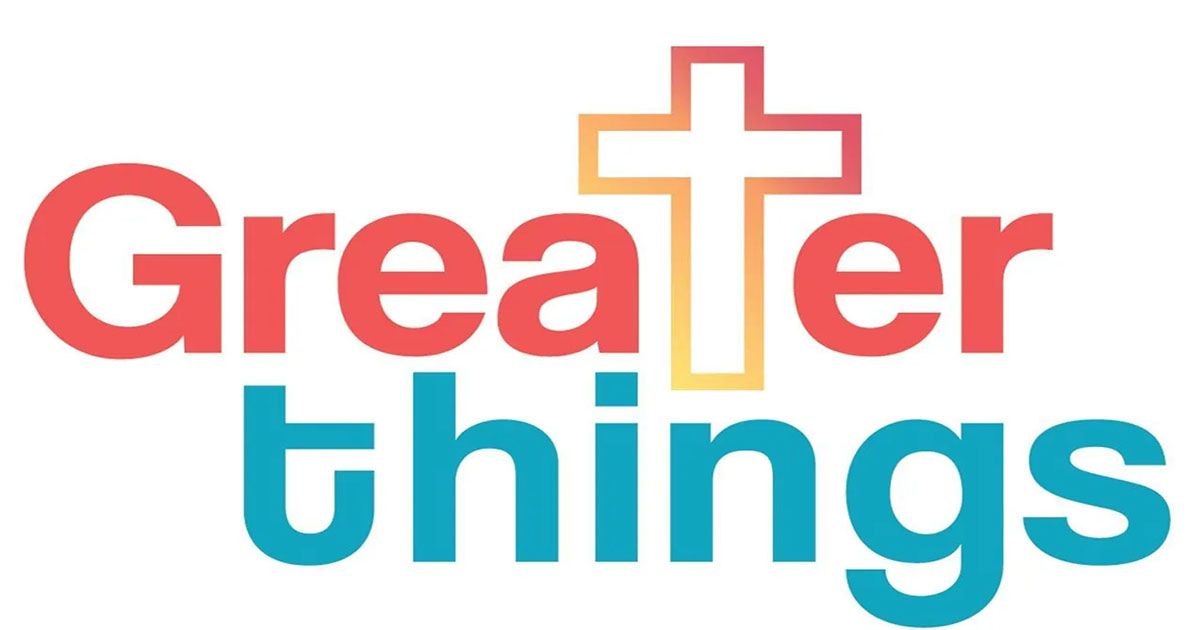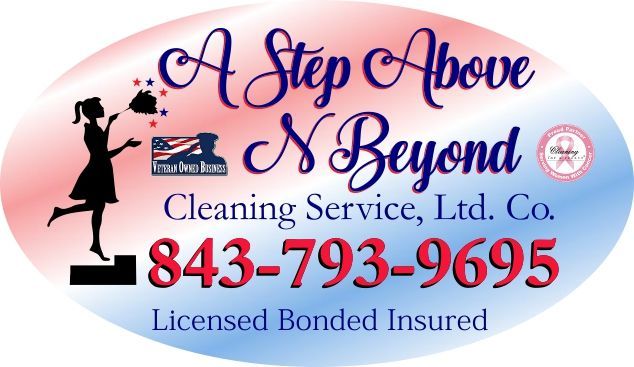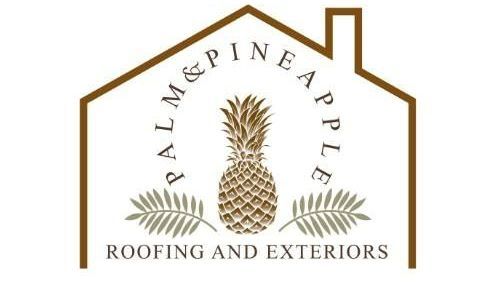Kinesthetic Learning Styles
June 11, 2025
Several years ago, I was sitting at a stop light at a busy intersection during a heavy downpour. I looked to my left and there was an older lady standing in the rain waiting to cross the street. She was soaked to the bone. I pulled over, rolled down my window, and handed her one of the many
umbrellas I carry in my car. (Side note: I carry a lot of umbrellas in my car because I absolutely cannot
get my hair wet, as I look like a drowned rat when I get caught in the rain. This is due to my ‘can-stop-a-bird-in-flight’ hair spray that I use! But, I digress….) What the lady did next astounded me. She thanked me, put the unopened umbrella under her arm, crossed the street and kept walking with the umbrella still under her arm! I watched her until she was out of sight. She never opened the umbrella!
At dinner that night, I shared my story with my husband. He is an analytical thinker (I am not) and he said, “Why would she open it? She was already soaked. She couldn’t get more wet, so the umbrella would not have helped her at that point.” Hmmmm.
Years later, researchers are still asking the question: How do people think and process information?
More importantly for me, a leader of a homeschool hybrid, my question is, how do children think and process information? Brain researchers tell us that information is processed in three different ways: linguistic (hear it), visual (see it), and kinesthetic (do it). I am a 100% visual learner. So much so that if someone is reading to me, and I do not have the text in front of me to follow along, I miss about half the information read. My husband (and both our sons) is 100% auditory. He can listen to a speaker, take no notes, and retain everything that was said. My 35-year-plus history in education proves that a high majority of our education is visual and auditory in nature. So, what happens to our kinesthetic learners? How successful are they in a world that is largely visual and auditory? Let’s talk about those learners/thinkers for a moment.
There are myriads of kinesthetic learners out there, but researchers suggest that everyone, no matter their learning style, enjoys learning/processing information by using their hands to guide their minds. Kinesthetic learning is hands-on learning and every single child can learn this way. It is engaging, interesting, fun, and has proven to be what children most remember about school. Think for a moment how most of our classrooms are mostly set up in education, whether private or public: students are asked to sit in their seats, all arranged in rows, and listen to a ‘stand and deliver’ lecture about the information that students are required to learn. After the students have memorized the information, they are expected to regurgitate it on a test that is graded and is supposed to prove how smart they are. We certainly don’t expect this type of learning in other aspects of life.
To obtain a driver’s license, a person has to drive
to prove they know what they are doing. To obtain a cosmetology license, the person actually has to spend hours cutting hair, doing nails, etc. Can you imagine if you sat down in a hairdresser’s chair and she said she learned how to cut hair from a book and from listening to others talk
about it, and now she was going to pick up the scissors and take a whack at your hair (pun intended)? Children will struggle in life if all they have is visual and auditory instruction. The argument against kinesthetic learning in the classroom is that it “takes too much time.” It is “easier to keep 30 kids quiet” when you expect them to sit in their seats and do the assigned work (by the way, there is a huge difference between teaching
and assigning!). Most teachers in classrooms are told to “get through the content of the lesson” and that is always done by ‘turning and page and keeping up.’
Greater Things Learning Center wants to help all
students succeed, but we want to reach out to those especially who need a hands-on way of learning. We want to be their biggest advocate, along with their families, in the classroom. I would love to hear from you! We can share a pot of coffee and talk about whatever is on your mind. Reach out to me at 724-689-9929. God bless you and your family.









